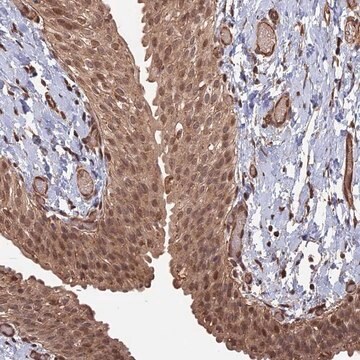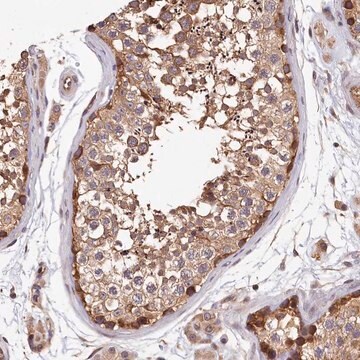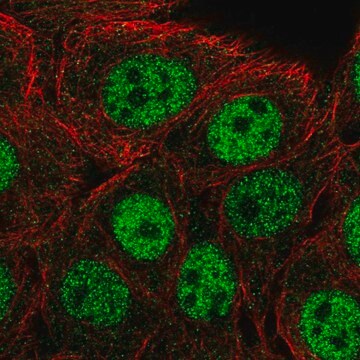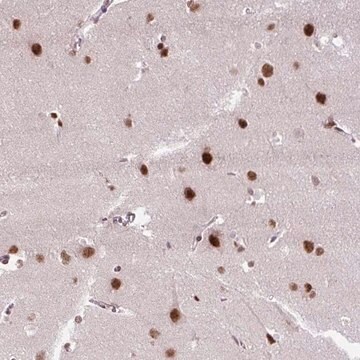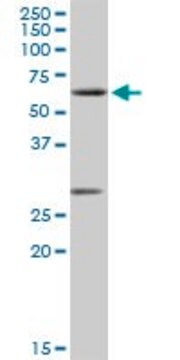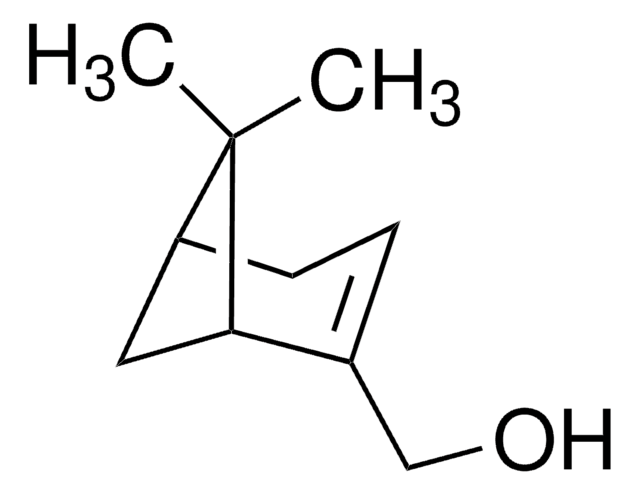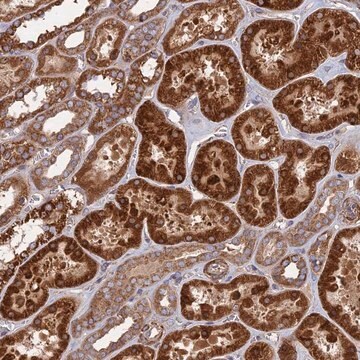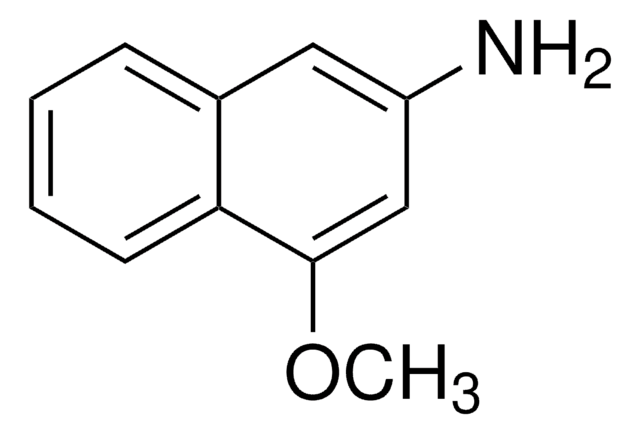ABN2290
Anti-LHFPL5
Synonyme(s) :
LHFPL tetraspan subfamily member 5 protein, Lipoma HMGIC fusion partner-like 5 protein, Tetraspan membrane protein of hair cell stereocilia
About This Item
Produits recommandés
Source biologique
rabbit
Niveau de qualité
Forme d'anticorps
purified antibody
Type de produit anticorps
primary antibodies
Clone
N/A, polyclonal
Poids mol.
calculated mol wt 24.2 kDa
Espèces réactives
human
Réactivité de l'espèce (prédite par homologie)
monkey
Conditionnement
antibody small pack of 100 μL
Technique(s)
immunocytochemistry: suitable
western blot: suitable
Isotype
IgG
Séquence de l'épitope
C-terminal
Numéro d'accès Protein ID
Numéro d'accès UniProt
Température de stockage
-10 to -25°C
Informations sur le gène
human ... LHFPL5(222662)
Description générale
Spécificité
Immunogène
Application
Evaluated by Immunocytochemistry in HeLa cells.
Immunocytochemistry Analysis: A 1:50 dilution of this antibody detected LHFPL5 in HeLa cells.
Tested applications
Western Blotting Analysis: A representative lot detected LHFPL5 in Western Blotting applications (Yu, Z., et. al. (2020). Proc Natl Acad Sci USA. 117(47); 29894-29903).
Western Blotting Analysis: A 1:1,000 dilution from a representative lot detected LHFPL5 in HEK293 cells transfected with LHFPL5 (TMHS) protein.
Immunocytochemistry Analysis: A representative lot detected LHFPL5 in Immunocytochemistry applications (Yu, Z., et. al. (2020). Proc Natl Acad Sci USA. 117(47); 29894-29903).
Note: Actual optimal working dilutions must be determined by end user as specimens, and experimental conditions may vary with the end user.
Forme physique
Stockage et stabilité
Autres remarques
Clause de non-responsabilité
Vous ne trouvez pas le bon produit ?
Essayez notre Outil de sélection de produits.
Code de la classe de stockage
11 - Combustible Solids
Classe de danger pour l'eau (WGK)
WGK 1
Certificats d'analyse (COA)
Recherchez un Certificats d'analyse (COA) en saisissant le numéro de lot du produit. Les numéros de lot figurent sur l'étiquette du produit après les mots "Lot" ou "Batch".
Déjà en possession de ce produit ?
Retrouvez la documentation relative aux produits que vous avez récemment achetés dans la Bibliothèque de documents.
Notre équipe de scientifiques dispose d'une expérience dans tous les secteurs de la recherche, notamment en sciences de la vie, science des matériaux, synthèse chimique, chromatographie, analyse et dans de nombreux autres domaines..
Contacter notre Service technique